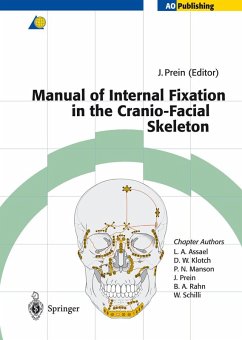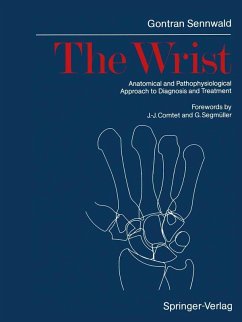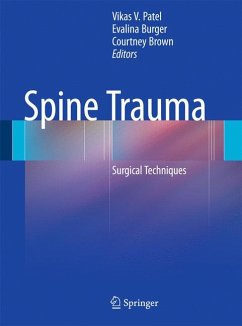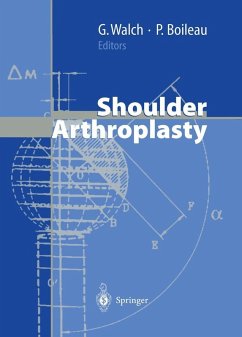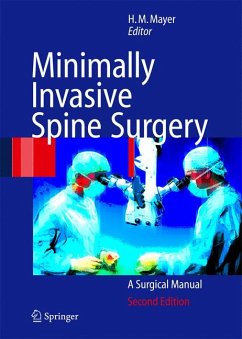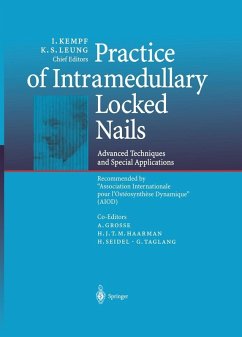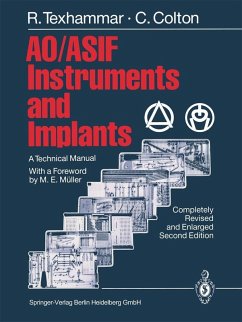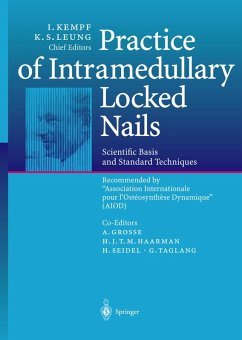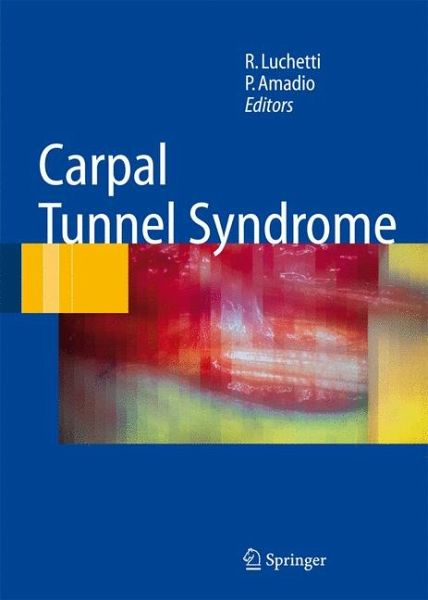
Carpal Tunnel Syndrome (eBook, PDF)
Versandkostenfrei!
Sofort per Download lieferbar
120,95 €
inkl. MwSt.
Weitere Ausgaben:

PAYBACK Punkte
60 °P sammeln!
This comprehensive reference, with its surgical profile, is a must for hand surgeons, orthopedic surgeons, plastic surgeons, and physical therapists. The book explains the technical modalities of surgical treatment and reviews alternatives, including nonsurgical procedures. The surgical chapters compare various complications as well as various conservative and rehabilitative treatment options, underlining that this condition must not be underestimated, as incorrect treatment can render the patient an invalid.
Dieser Download kann aus rechtlichen Gründen nur mit Rechnungsadresse in A, B, BG, CY, CZ, D, DK, EW, E, FIN, F, GR, HR, H, IRL, I, LT, L, LR, M, NL, PL, P, R, S, SLO, SK ausgeliefert werden.





